From Generative AI to Agentic AI: AI in 2024 in Review

Welcome, Growth Pioneers!
Generative AI enhances creativity and productivity, while Agentic AI automates and solves complex problems. Running AI models locally increases security and accessibility, forecasting many innovations in 2025.
GPT-5 faces slow progress, high costs, and disproportionate effectiveness. The o3 model uses “deliberative alignment” to reduce risks and enhance accountability. Expected to launch in 2025, o3 aims for safer and more effective AI.
This Email Newsletter will cover:
-
From Generative AI to Agentic AI: AI in 2024 in Review
-
OpenAI’s GPT-5: Expectations Waver as Development Encounters Obstacles and High Costs
-
OpenAI Launches ‘Deliberative Alignment’ Method to Improve AI Safety
AI SUMMARY
FROM GENERATIVE AI TO AGENTIC AI: AI IN 2024 IN REVIEW

Source: Google
2024 marked significant advancements in the field of artificial intelligence (AI), particularly the evolution from Generative AI to Agentic AI. These technologies have transformed how we write, learn, work, and interact online.
Generative AI, notably with large language models (LLMs) like ChatGPT, has brought about the ability to create content and process natural language, from composing poetry and writing code to supporting customer service. These tools don’t just answer questions; they interact flexibly, helping to improve personal productivity and creativity.
Agentic AI, a more advanced generation of AI, focuses on the ability to solve complex problems. This technology goes beyond simply answering questions to performing tasks such as automating work and planning, opening up new potential applications in management and creativity.
Running AI models locally on personal devices instead of relying on the cloud has become a trend, bringing greater speed, security, and flexibility. This makes AI more widespread and accessible, not just for large organizations but also for individual users and small businesses.
In the past year, AI has not only been a support tool but also a key factor shaping how we work and create in many fields. Looking towards 2025, the development of AI promises to bring even more significant innovations.
OPENAI
OPENAI’S GPT-5: EXPECTATIONS WAVER AS DEVELOPMENT ENCOUNTERS OBTACLES AND HIGH COST

Source: Google
OpenAI’s ambitious plan for its next-generation model, GPT-5, is facing major challenges, according to a report from The Wall Street Journal. After 18 months of development under the codename “Orion,” the current results are not commensurate with the significant time and resources invested.
Initial information from The Information suggests that GPT-5 may not deliver as significant a breakthrough as previous versions, forcing OpenAI to seek alternative strategies. The Wall Street Journal adds that two large-scale training rounds have been conducted, but an initial round progressed slower than expected, raising concerns about the cost and feasibility of deploying a larger and more expensive training round.
Although GPT-5 is reportedly superior to previous versions in some aspects, it has not yet reached a level that can justify its massive operating costs. To continue development, OpenAI has adopted new methods of data collection. These methods include hiring personnel to create new data by writing code or solving problems, as well as using synthetic data from another of their models, o1.
OpenAI has not yet commented on this information and previously stated that the model, codenamed Orion, would not launch this year. With increasing costs and diminished expectations, the future of GPT-5 remains uncertain.
OPENAI
OPENAI LAUNCHES “DELIBERATIVE ALIGNMENT” METHOD TO IMPROVE AI SAFETY

Source: OpenAI
OpenAI has just announced its new AI model series, o3, touted as more advanced than previous versions like o1. This model series stands out for its use of the “deliberative alignment” method during the inference stage, enabling the model to consider OpenAI’s safety policies before providing responses.
This method significantly reduces the rate of responses to “unsafe” questions (as defined by OpenAI) while simultaneously improving the handling of benign inquiries. The key difference lies in OpenAI training the model to query its safety policy content during its thought process, leading to more appropriate responses.
For example, when asked to assist in forging documents, the model will recognize this request as a policy violation and refuse to provide information.
The o3 model series, slated for release in 2025, not only offers high performance but also improves adherence to human-defined safety values. This is considered a significant step forward in developing AI models capable of responsible thinking and problem-solving.
PROMPT OF THE DAY
Generate long-term content ideas, address user concerns, and support SEO with stable traffic with AI
Generate evergreen content ideas around the keyword [insert keyword] or a broader topic. Ensure the content remains relevant over time and addresses common user queries.
TAF
Thank you for listening!
See you next time.
The AI Growth Team 

The AI First
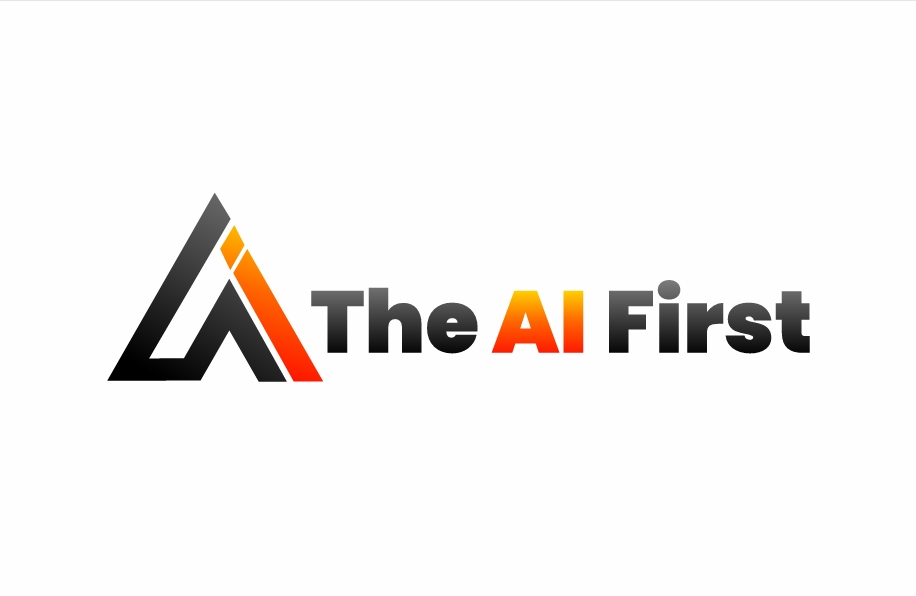






Để lại một bình luận